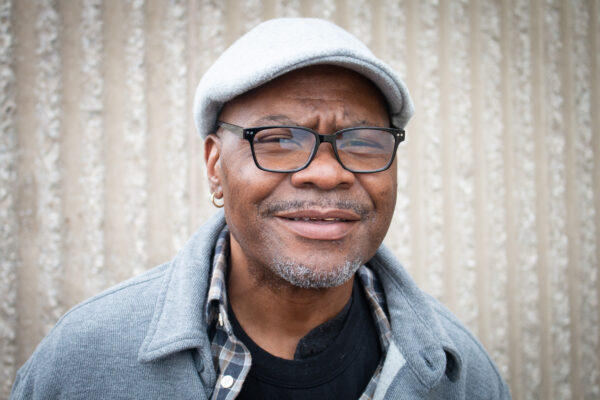When COVID-19 showed up at Mt. Olive Correctional Center, I was nearly done with my sentence. Despite subsisting all that time on low-nutrition, $1.03-a-meal prison food, I managed to stay healthy by working out.
But when the virus arrived, there was nowhere to run. We were all exposed. Countless inmates, including myself, contracted it.
At the beginning, we only heard about the horrible deaths on TV or from friends on the outside. We knew it was only a matter of time before it hit us. We also knew that by the time it did, it would be too late.
A month before the West Virginia Division of Corrections and Rehabilitation confirmed the first case, two people had already died from the virus – a fact that wasn’t revealed until much later. We all suspected it was COVID-19 but DCR had only administered 20 tests for the 1,023-man facility that month. At that rate, there’s no way they could’ve detected it.
It’s hard to know how many survivors there are like me who had their lives ruined by the virus. In a matter of months, I went from being a healthy guy who worked out daily to requiring dialysis three times a week.
When I first contracted COVID-19 in August 2020, I had a temperature of 101 degrees and felt miserably ill. A staff member led to me to the “triage center” – a makeshift medical quarantine set up in the prison’s gym with 100 cots for people suspected of having the virus.
I tested positive and was escorted to the infirmary. Worried, but happy to receive care, I settled in and took the cough medicine but my symptoms quickly worsened.
A day passed. And then another. Growing sicker each day, I was convinced I was going to die.
After eight days of deteriorating without a doctor assessing my situation, a nurse finally took note of my condition. She called nearby Montgomery Hospital and managed to get me in that evening. Within 15 minutes of the doctor looking at me, he diagnosed me with double pneumonia and stage four kidney failure.
In a matter of minutes, he did more than DCR’s contracted health care provider did in eight days. I was transferred immediately to St. Mary’s in Huntington where I was given a vigorous treatment.
The next day, my kidney function rose from 8 percent to 22 and I
began a prescription to treat the pneumonia. Prison doctors had ignored my suffering to the point it almost killed me, but medical care afforded to people who aren’t incarcerated was able to save me in a couple of days.
West Virginia is paying $33 million a year to provide health care for the 10,000 or so people it keeps locked up. But whether we’re talking about the string of deaths at the regional jail in Raleigh County, the routine denial of prescription medicine for incarcerated people, or WV DCR’s reputation as running America’s deadliest jails per capita (per 2020 Reuters report), the agency is failing to provide people in its custody adequate health care.
It’s killing West Virginians and ruining lives.
Darrin Lester, Morgantown

